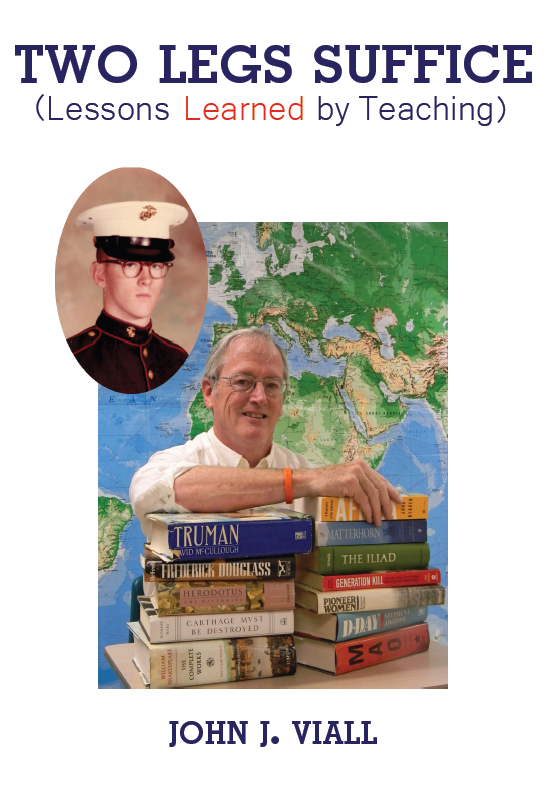“Trapped in a Steel
Prison”
Of all the tragedies,
American forces suffered on the morning of December 7, 1941, the fate of
sailors trapped inside sunken ships may have been the worst.
In the moments before
the Japanese struck, Stephen B. Young, a cook on Oklahoma,
was cleaning up after breakfast. He and his Hawaiian girlfriend had a picnic
planned that afternoon. A quick glance out a porthole told him weather was
perfect. Young smiled, realizing he had money for a change. A ten
dollar bill and a single were tucked safely in his wallet.
When
the ship was hit and rolled over, Young and thirty others took shelter in a
partially-flooded passage. Young dived underwater and reached another
compartment, searching for a way out. Floating bodies and mattresses blocked
his way. He saw a fat dead man stuck in a porthole. Eventually, he and the
other trapped sailors settled down and waited for rescue. Now and then, as
hours passed, one or another would leave to look for an escape route. None
returned. The waters rose inch by inch round those who remained.
Young
thought about home and family. Even under these conditions memories made him
happy. Then he prayed. Someone joked: “Join the Navy and see the
world—from the bottom of Pearl Harbor!”
Hours
passed.
Men lost hope.
Young and a friend made bets how they might die, though
both knew they could not live to collect. Then, on December 8, they heard
hammering above. Rescue crews cut their way through the steel hull and pulled
Young and the others to safety.
 |
| The USS Oklahoma on December 8. |
*
An
even worse fate awaited three sailors aboard West Virginia. As
with Oklahoma, when West Virginia went down, many crewmen were imprisoned below decks. In days that followed Marine guards on nearby docks could hear a tireless banging coming from deep inside the ship. It was awful to
think about the poor men’s fates and combat-hardened Marines covered their ears
and tried not to hear.
There
was no way to know where inside the sunken vessel the poor men might be.
There was no way to
help.
Among
those trapped were North Dakota friends, Ronald Endicott, 18, Clifford Olds,
20, and Louis “Buddy” Costin, 21. We know they sealed off a large storage room,
surviving for more than two weeks. Months would pass. The battered wreck would
be raised, her big guns and other parts salvaged. When workers opened the room
where the three friend’s bodies lay they found sixteen days crossed off a
calendar in red pencil. Flashlight batteries and food containers littered the
floor. A manhole cover over a passage leading to a supply of fresh water was
pushed aside.
These
last three victims of the attack on Pearl Harbor had survived until two days
before Christmas, December 23, 1941.
 |
| USS West Virginia (foreground) burns on December 7, having already settled on the harbor floor. |
*
A FULL TREATMENT of the story of the attack
on Pearl Harbor, written for students, can be found at Middle
School History and Tips for Teachers.
